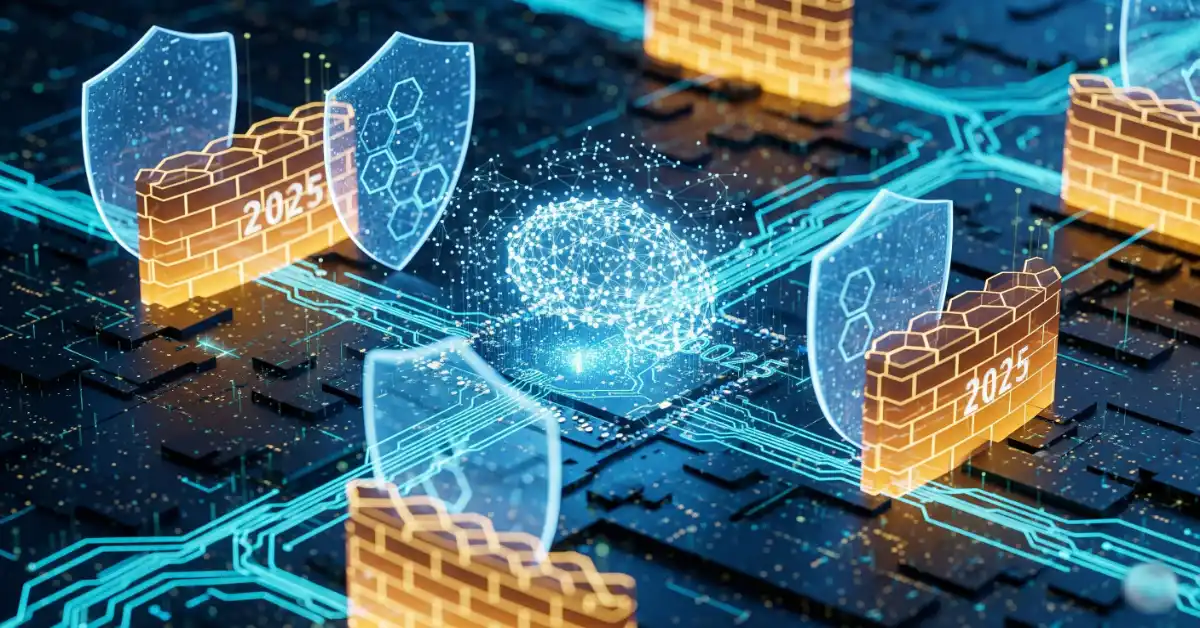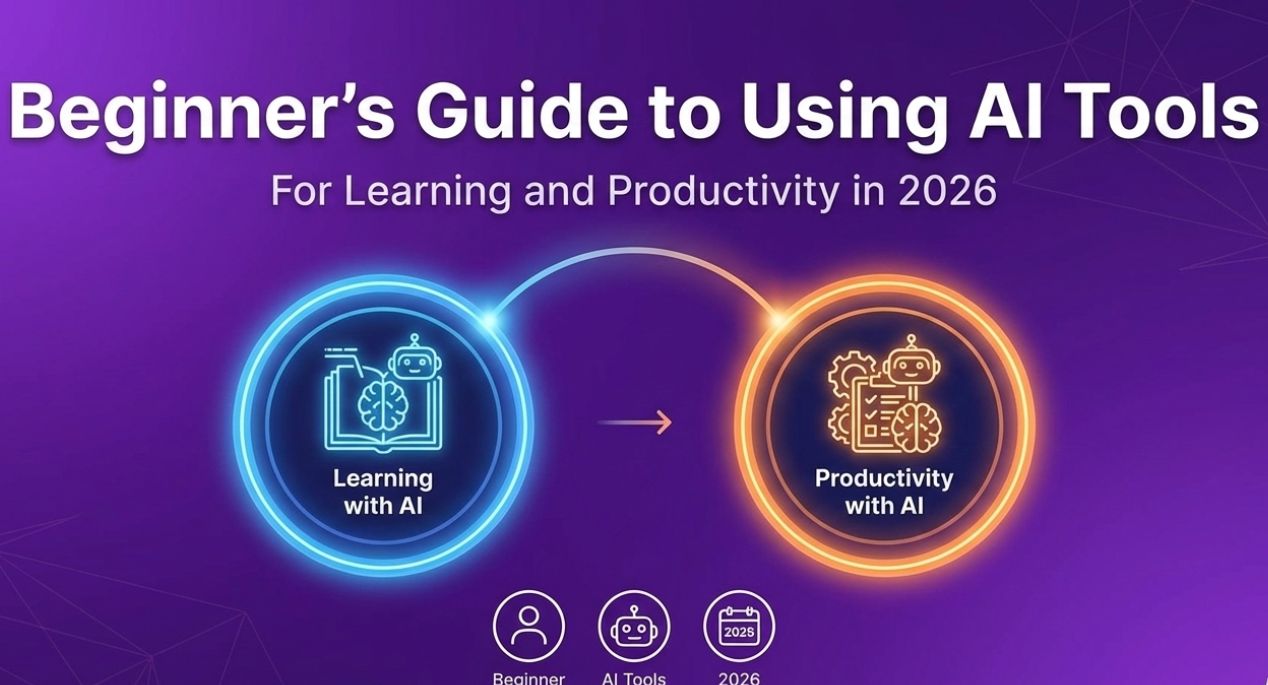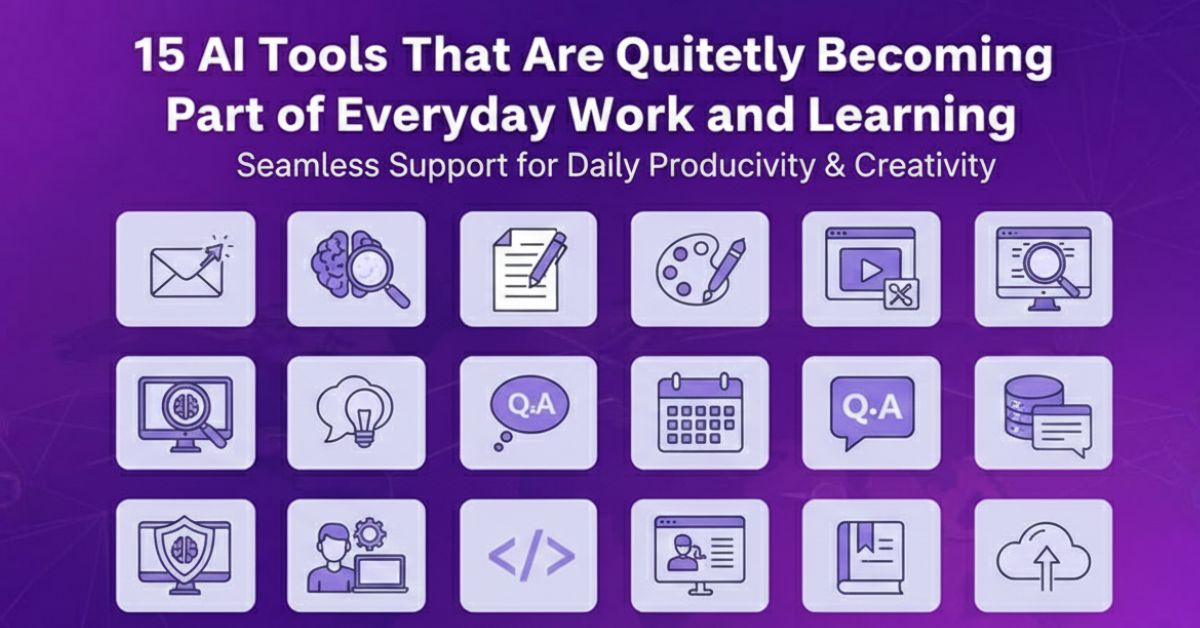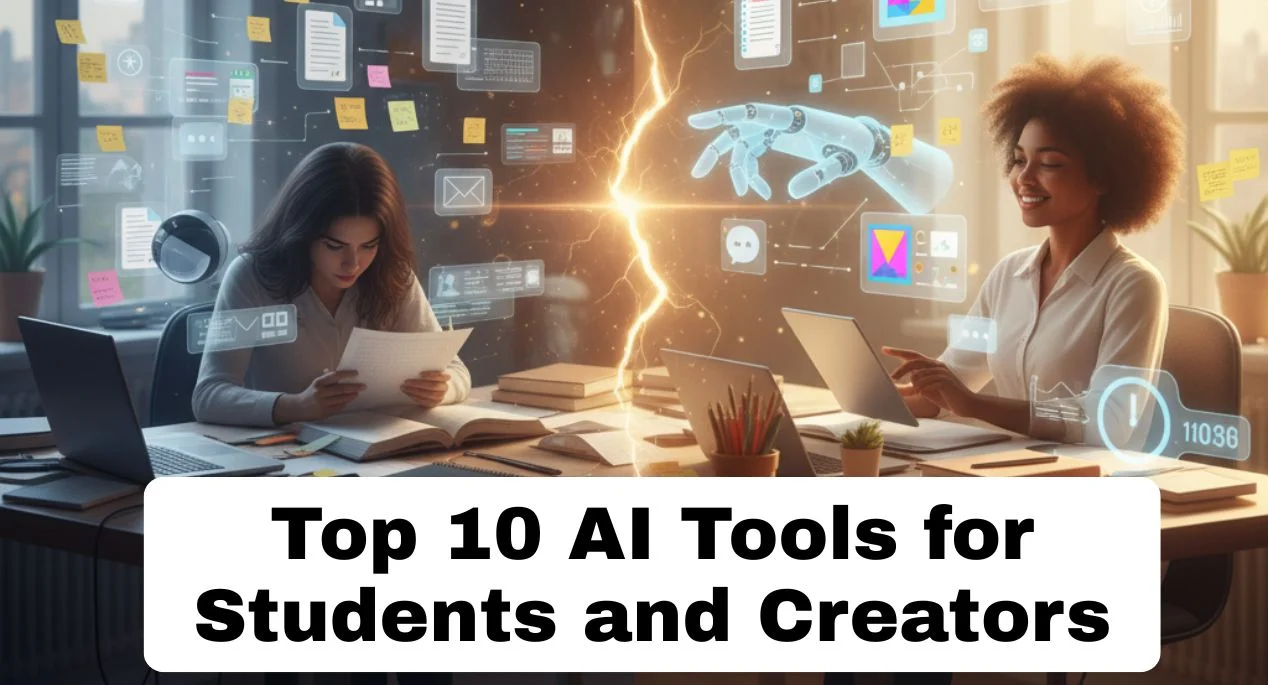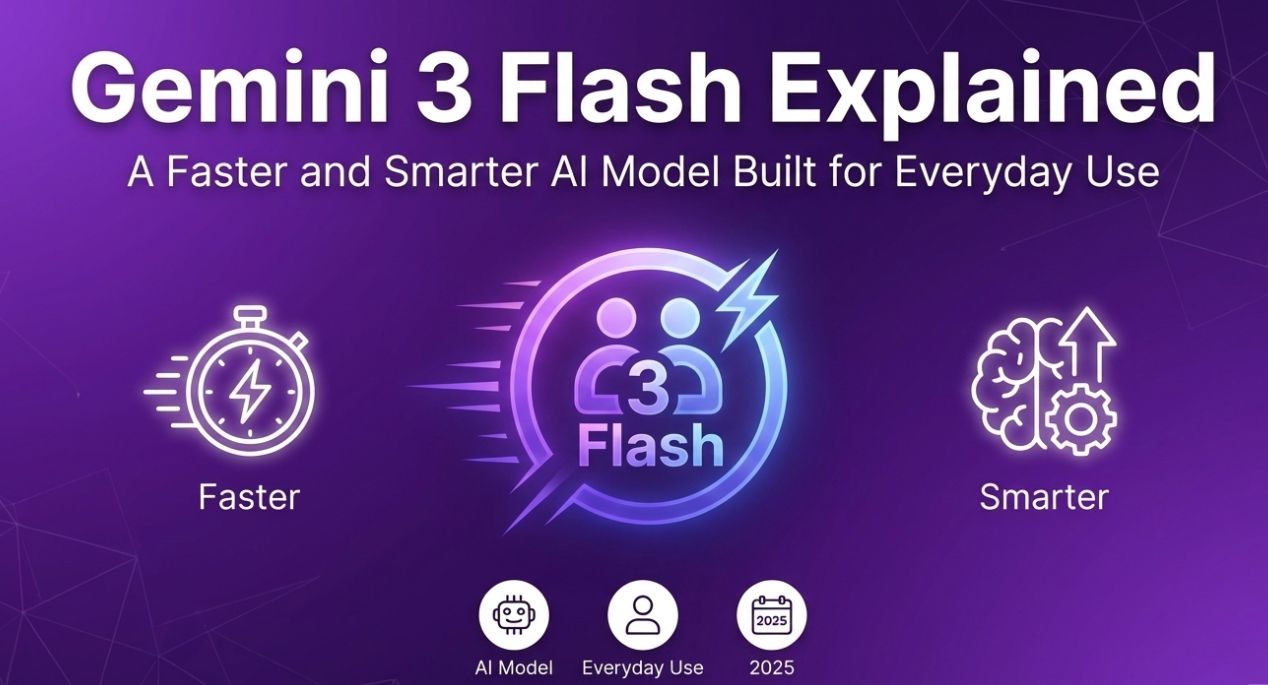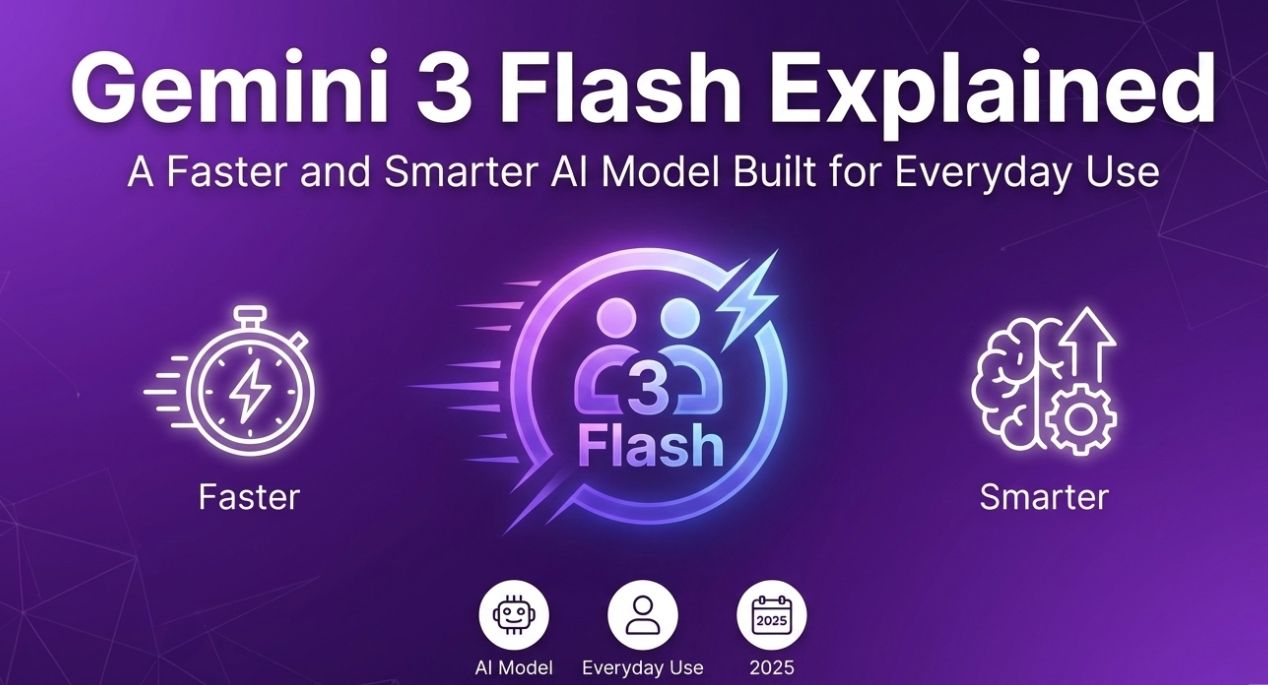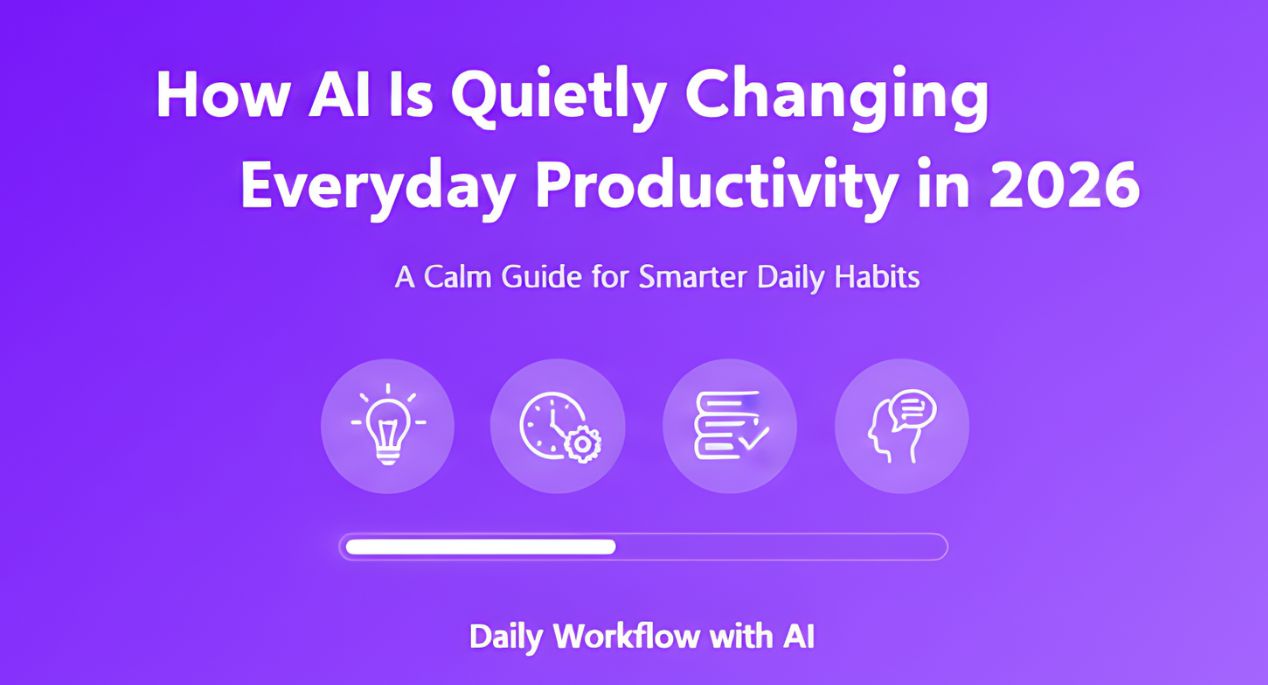Let’s be honest: the digital world feels like a battlefield sometimes. Just as we figure out how to patch one vulnerability a dozen new more clever threats pop up. It’s an exhausting game of whack a mole but something significant is changing in 2025. The fight is no longer just human versus hacker. it’s increasingly becoming algorithm versus algorithm. The weapon of choice for the good guys? A sophisticated, ever learning approach known as AI Cybersecurity Defense.
AI Cybersecurity Defense represents a fundamental shift from reactive patching to proactive prediction, where potential breaches are spotted and neutralized before they can cause any real damage. As we move deeper into the year, the integration of these smart systems is what will separate the secure organizations from the headlines.
Understanding the Core of Modern Protection
So, what exactly do we mean by this term? At its heart, AI Cybersecurity Defense refers to the practical application of machine intelligence to safeguard digital assets. Think of it as a digital immune system. It continuously learns what “normal” looks like for your network every login, every data transfer, every application query. Using techniques like machine learning and deep learning. The moment deviates from that pattern an employee account accessing files at 3 am and this allows security teams to focus their expertise on genuine threats rather than sifting through endless false alarms.
The Vanguard: Tools Leading the Charge in 2025
The theory is solid, but it’s the real world tools that are making the difference. This year, we’re seeing platforms evolve from simple helpers to autonomous partners. Let’s break down a few key players shaping the landscape.
CrowdStrike Falcon has become a powerhouse for a reason. Its cloud native approach means it can collect and analyze threat data from millions of endpoints worldwide, creating a massive, shared pool of knowledge. Its machine learning algorithms are constantly updated with this global intelligence, allowing it to identify and stop attacks so it has never even seen before. It’s like having a sentry that learns from every attempted break in across the entire neighborhood, making your local defense infinitely smarter.
Another titan in the space, Sentinel One’s Singularity XDR platform, takes automation to the next level. The goal here isn’t just to detect threats but to have the system itself respond autonomously. Using behavioral AI, it can detect a sophisticated attack in progress and automatically isolate the infected device, kill the malicious processes, and even roll back any damage done all without waiting for a human to press a button. This dramatically slashes the “dwell time” of an attacker inside a network.
For a more organic approach, Darktrace Cyber AI employs what it calls a “self-learning” model. Instead of being taught only what a bad thing looks like, it first learns the unique “pattern of life” for every user and device on your network. This makes it exceptionally good at spotting the slow, subtle, and insidious attacks that fly under the radar of other systems, like an insider threat slowly exfiltrating data or a low-and-slow brute force attack.
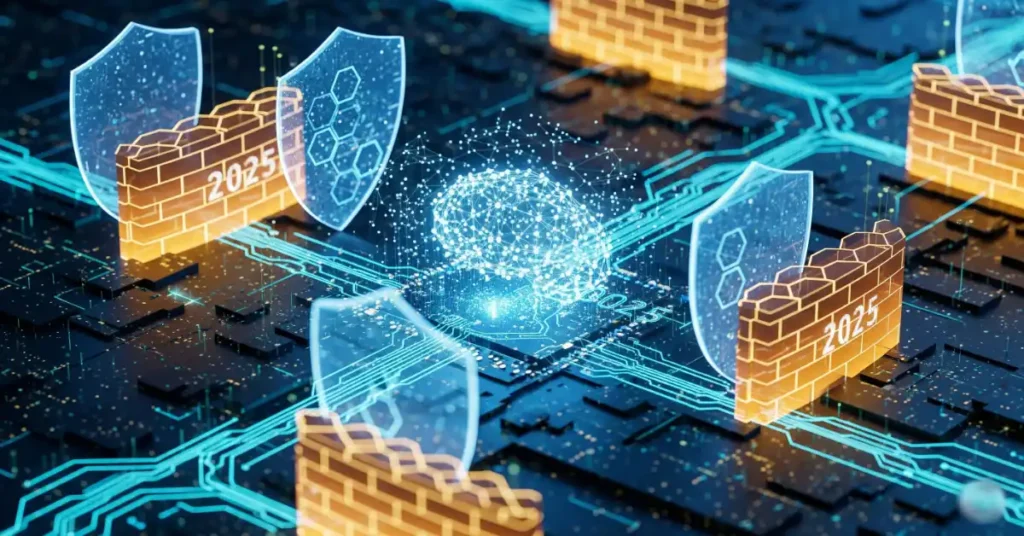
In the world of cloud-native applications, AccuKnox AI CoPilot is solving a very specific but critical problem. As companies rush to use containers and Kubernetes, they often inadvertently create complex, insecure environments. This tool uses intelligent runtime protection to understand the intended behavior of an application and enforces those rules strictly. It automatically identifies overly permissive settings and stops abnormal activity, providing crucial protection for the building blocks of modern software.
Finally, Palo Alto Networks Cortex Cloud aims to be the brain for your entire security operation. It integrates data from all your various tools email, endpoints, networks, clouds into one single platform. Its AI then correlates these millions of data points to uncover hidden attack campaigns that would be invisible if you were looking at each tool in isolation. The difference between having a dozen separate security cameras and having one intelligent system so that can piece together all the footage to track a suspect path across a entire city.
To give you a clearer picture of how these tools stack up, here’s a quick comparison:
Tool Primary Strength Ideal For Crowd Strike Falcon Real-time threat intelligence and cloud scale analysis Large enterprises needing global threat visibility
SentinelOne Singularity XDR Autonomous response & endpoint protection Orgs wanting to automate response and reduce dwell time Darktrace Cyber AI Self-learning behavioral analysis Detecting subtle, novel threats and insider risks AccuKnox AI CoPilot Runtime security for Kubernetes Companies with heavy investment in containerized apps Palo Alto Networks Cortex Centralized data correlation & SOAR Unifying complex security stacks into one operations center.
The Brains Behind the Operation: Methods and Builders
The magic of these tools doesn’t happen by itself. It’s built on specific technical methods and by brilliant minds who saw the future of digital conflict.
The methodologies are the engine. Machine Learning (ML) is the workhorse so where algorithms are trained on historical data to predict future events. Deep Learning (DL), a more advanced subset, uses neural networks to find complex patterns in vast datasets perfect for spotting never-before-seen malware. Natural Language Processing (NLP) is used to scan emails, documents, and chat logs for social engineering tricks while Anomaly Detection is the overarching principle of flagging anything that breaks from established normal behavior.
But tools are made by people. The field is driven by visionary founders like George Kurtz (CrowdStrike) so who focused on intelligence driven defense that Tomer Weingarten (SentinelOne), who bet big on autonomous response; and Poppy Gustafsson (Darktrace), who championed biologically inspired learning algorithms. These innovators understood early on that human speed would not be enough and their work is now defining the standard for AI Cybersecurity Defense.
Gazing into the Crystal Ball What’s Next for AI Cybersecurity Defense?
The evolution is far from over. The trends we see emerging now will become mainstream tomorrow. We’re rapidly moving towards fully autonomous security operations where AI systems will not just recommend actions but will execute entire response playbooks on their own, 24/7. Another critical area is AI-driven threat intelligence sharing. Instead of companies hoarding their attack data, encrypted AI systems will allow for the anonymous and instant sharing of threat indicators, creating a networked defense that benefits everyone.
Perhaps the most futuristic and crucial trend is the development of quantum resistant algorithms. While quantum computing is still young and its potential to break current encryption standards is a known future threat. Researchers are already using AI to design and test new cryptographic methods that can withstand an attack from a quantum computer also future proofing our most sensitive data.
The Unbeatable Partnership
In the end, the most important trend in 2025 is not the replacement of humans but the elevation of their role. The true power of AI Cybersecurity Defense lies in the partnership between human intuition and machine precision. These intelligent systems handle the scale and the speed for best freeing up expert analysts to do what they do best that investigate complex campaigns and make strategic decisions, and outthink the adversary. This powerful combination is our best hope for not just surviving in the digital landscape but truly thriving securely within it.
FAQs About AI Cybersecurity Defense
What is the role of AI in cybersecurity defense?
AI helps protect computers and networks from hackers by spotting problems fast. It can find viruses, strange activity, or weak spots before they cause trouble. This keeps data and systems safer for everyone.
How is AI used in security and defence?
AI is used in security and defense to watch for dangers and alert people quickly. It can spot intruders, track suspicious activity, and help plan safe actions. This makes countries and systems safer without putting humans at too much risk.
Is there any AI for cyber security?
Yes, there are AI tools for cybersecurity that help protect computers and networks. They can detect viruses, stop hackers, and warn people about dangers. These AI programs work fast to keep data and systems safe.
एआई सिस्टम में साइबर सुरक्षा क्या है?
एआई सिस्टम में साइबर सुरक्षा का मतलब है कि कंप्यूटर और नेटवर्क को हैकर्स और वायरस से बचाना। एआई मदद करता है खतरे को जल्दी पहचानने और रोकने में। इससे हमारे डेटा और सिस्टम सुरक्षित रहते हैं।
